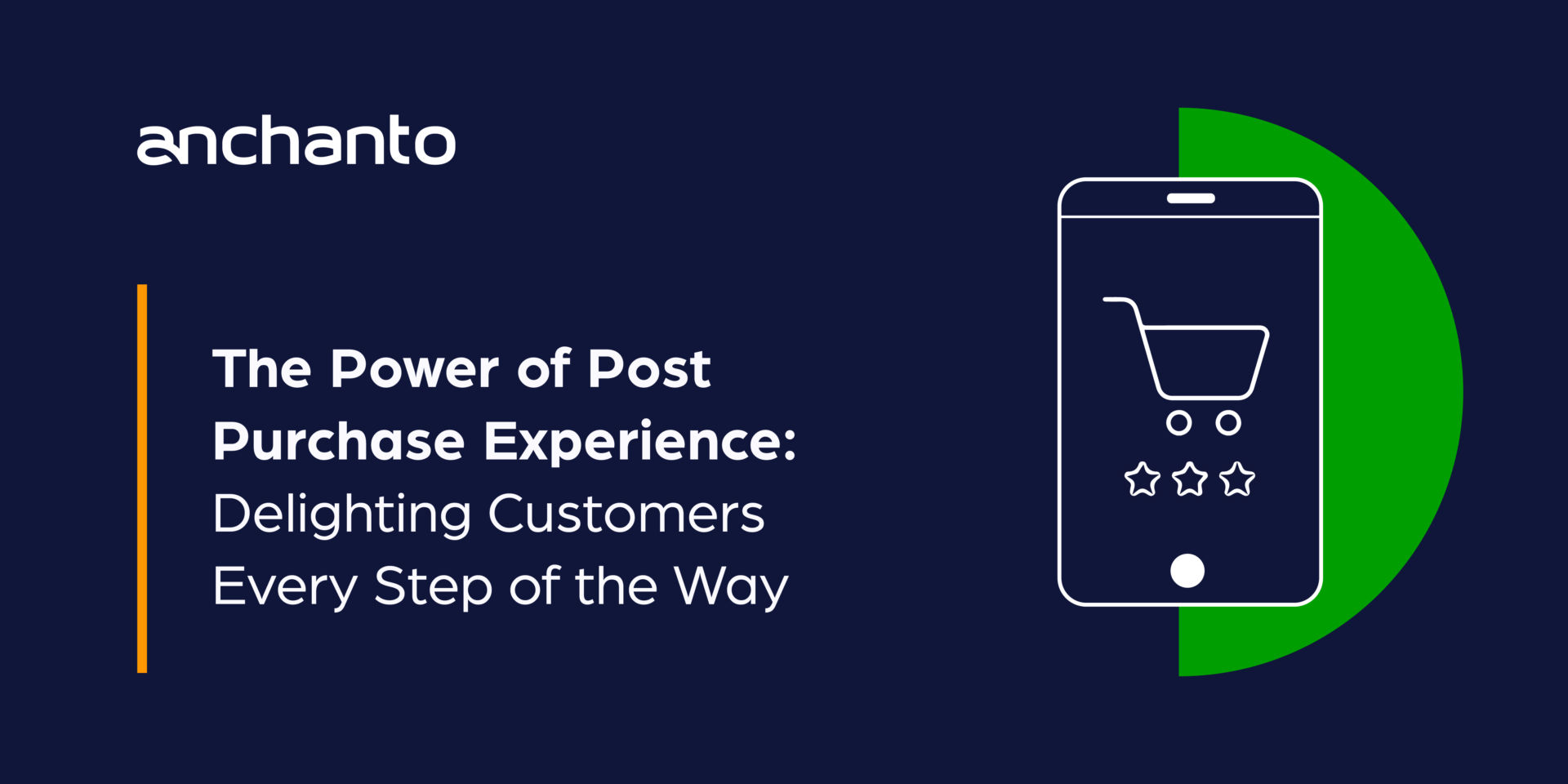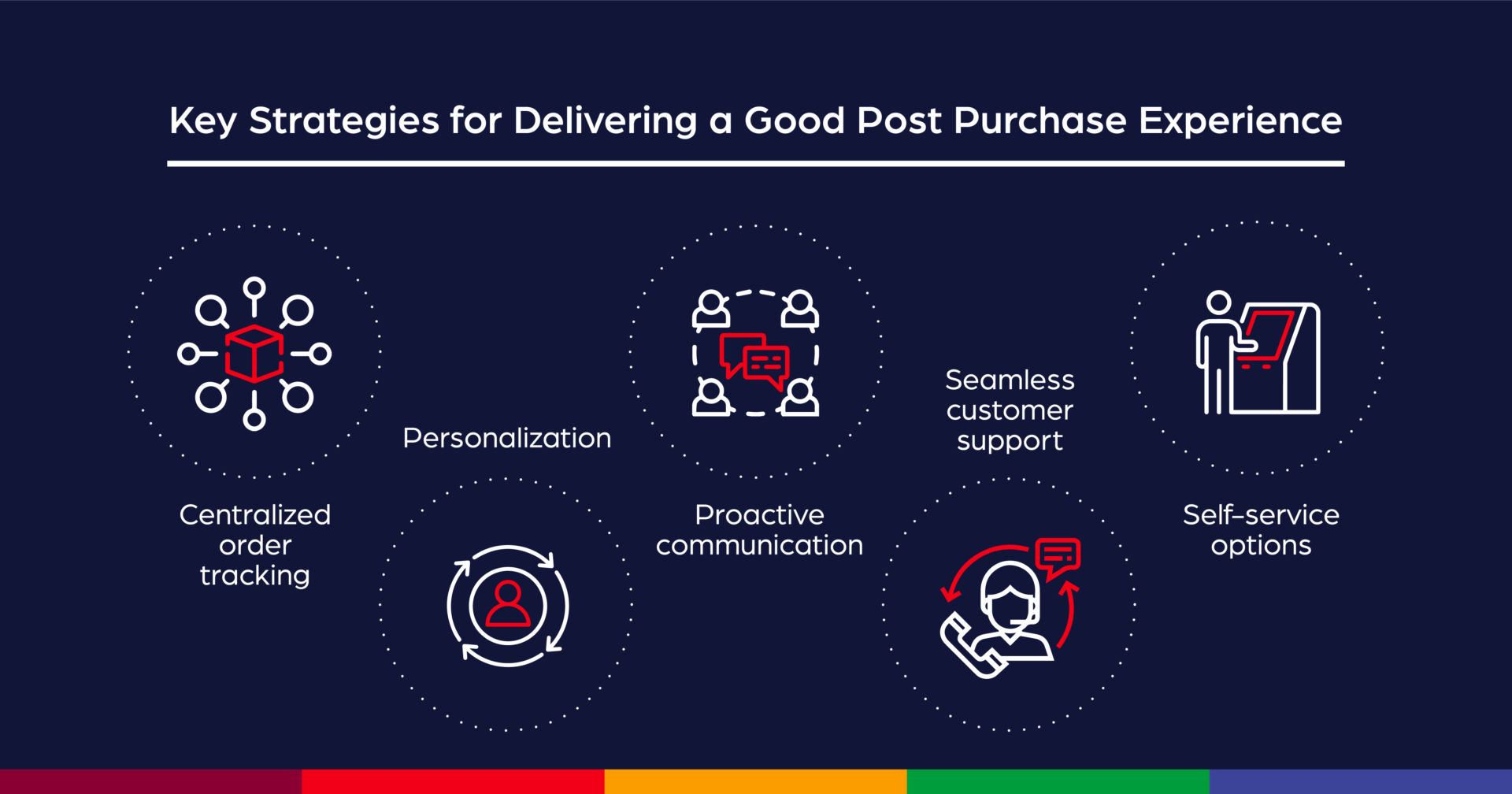The Power of Post Purchase Experience: Delighting Customers Every Step of the Way
Blogs
Think about the last time you placed an order online. Has it been delivered yet? You can easily check by logging into the app or website of the brand or store you ordered from. In fact, you can identify where exactly is your order and by when can you expect it to be delivered to your doorstep. As a bare minimum, a shopper expects very detailed and timely communications related to order delivery.
It’s no surprise that consumers have high expectations regarding order tracking and visibility, and they are not willing to settle for anything less. In fact, studies have shown that if tracking information is not available, many consumers would think twice before making a purchase from a brand or an online marketplace. Hence, To truly succeed in the digital marketplace, brands must prioritize the post-purchase experience and go above and beyond to meet the needs of their customers.
However, these expectations can be very tough to fulfill.
The Challenges of Delivering a Good Post-Purchase Experience:
Despite the importance of post-purchase experience, brands, and online marketplaces often face significant challenges in delivering it effectively. Some of these challenges include:

- Lack of consolidated data: With multiple carriers and logistics partners involved in the shipping process, obtaining and consolidating accurate and real-time data can be a daunting task. This lack of centralized information makes it difficult to provide customers with accurate tracking updates.
- Manual & Impersonal communication: Many brands still rely on manual communication methods, such as email or phone calls, to address customer inquiries about order status. These methods are time-consuming, prone to errors and delays and limit the personalization you can offer to a large customer base in a short time.
- Multiple tracking formats: Different carriers may use their own tracking systems and formats, resulting in a fragmented experience for customers. This inconsistency can lead to confusion and frustration, undermining the overall post-purchase experience.
- Managing large volumes of parcel data: As the volume of online orders continues to grow, handling and managing a large influx of parcel data becomes increasingly complex. Without robust systems in place, it becomes challenging to keep track of shipments and provide timely updates to customers.
The Risks of Neglecting Post-Purchase Experience:
Failure to prioritize and address these challenges can result in several risks for businesses:
- Increased customer queries to call centers: Without a streamlined post-purchase experience, customers are more likely to contact customer service centers for order updates. This influx of inquiries can overwhelm call center resources and increase operational costs.
- Customer churn: Dissatisfied customers who experience a subpar post-purchase experience are more likely to switch to competitors. Losing customers due to poor post-purchase experiences can result in reduced revenue and market share.
- Reputation damage: In today’s connected world, negative experiences can quickly spread through social media and online reviews, tarnishing a brand’s reputation. Brands must recognize that providing a positive post-purchase experience is crucial for maintaining a positive brand image and fostering customer loyalty.
- Manual order tracking: Reliance on manual processes for order tracking and updates can lead to errors, delays, and inaccuracies. This can create frustration and confusion among customers, eroding their trust in the brand.
Key Strategies for Delivering a Good Post-Purchase Experience:
To overcome these challenges and deliver an exceptional post-purchase experience, businesses must focus on the following key strategies:

- Centralized order tracking: Implement a robust system that integrates and consolidates data from multiple carriers and logistics partners. This allows for real-time tracking updates and provides customers with a seamless and consistent tracking experience.
- Proactive communication: Provide customers with proactive updates on their orders at every stage of the shipping process. Utilize automated notifications via email, SMS, or mobile apps to keep customers informed about their order status and any potential delays.
- Self-service options: Empower customers with self-service tools, such as online order tracking portals, where they can access real-time updates, manage delivery preferences, and resolve common queries without needing to contact customer service.
- Personalization: Tailor the post-purchase experience to individual customers by leveraging data and insights. Send personalized recommendations, exclusive offers, and follow-up messages to show customers that their satisfaction is a top priority.
- Seamless customer support: Invest in omnichannel customer support systems that enable customers to reach out for assistance through various channels, such as chatbots, social media, or live chat. This ensures timely and efficient resolution of any issues or concerns.
Conclusion:
In the highly competitive landscape of e-commerce, delivering a stellar post-purchase experience is no longer optional—it’s a necessity. Brands and online marketplaces that prioritize post-purchase experience by addressing challenges, leveraging technology, and implementing key strategies will gain a competitive edge. By exceeding customer expectations and fostering long-term loyalty, businesses can build a solid reputation, drive repeat purchases, and unlock the full potential of their customer base.
